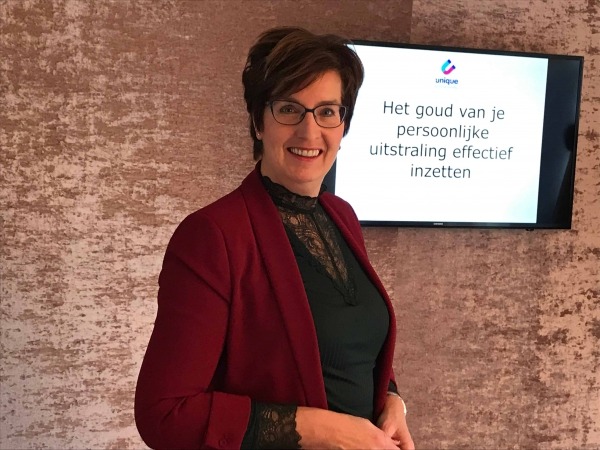In the first conversation, Mary came across to me as a 35-year-old, calm, and modest woman. She is married, enjoys sports, and has a six-month-old baby. Mary notices that despite taking two days of parental leave, she is struggling with her work. She wonders, "Am I doing the right things? What gives me energy and what drains my energy?" When asked about what a typical workday looks like for her, I noticed certain characteristics that could indicate high sensitivity.
Mary commutes to work using public transportation. She experiences the first sensory overload on the train. All the sounds and various smells overwhelm her intensely. She seems to absorb people's energy. Once at work, she engages in small talk with some colleagues and is very empathetic. Her senses are heightened, and she absorbs all emotions and impressions. And this, while her workday has yet to begin. Mary is a planner in a surgical department at the hospital. She constantly juggles staffing needs, changing OR schedules, and employee preferences. She wants to help everyone and adapts accordingly.


